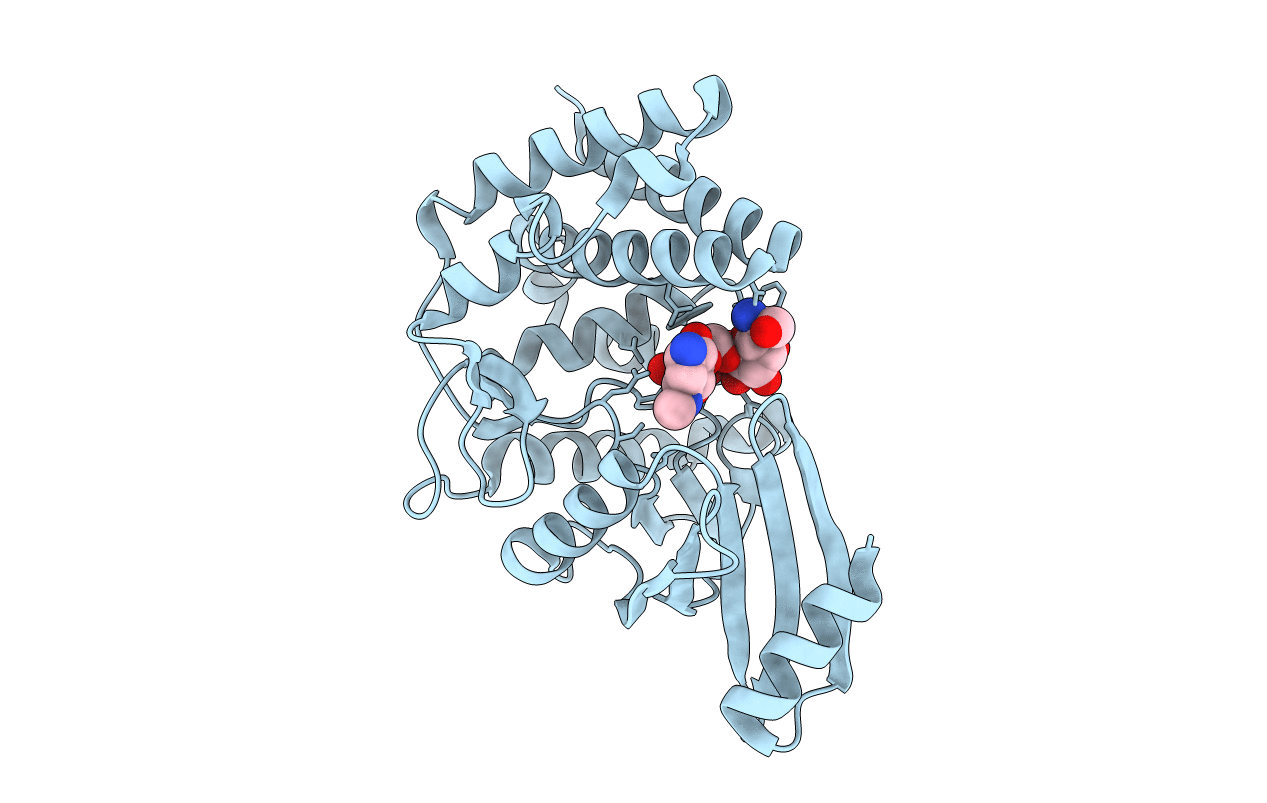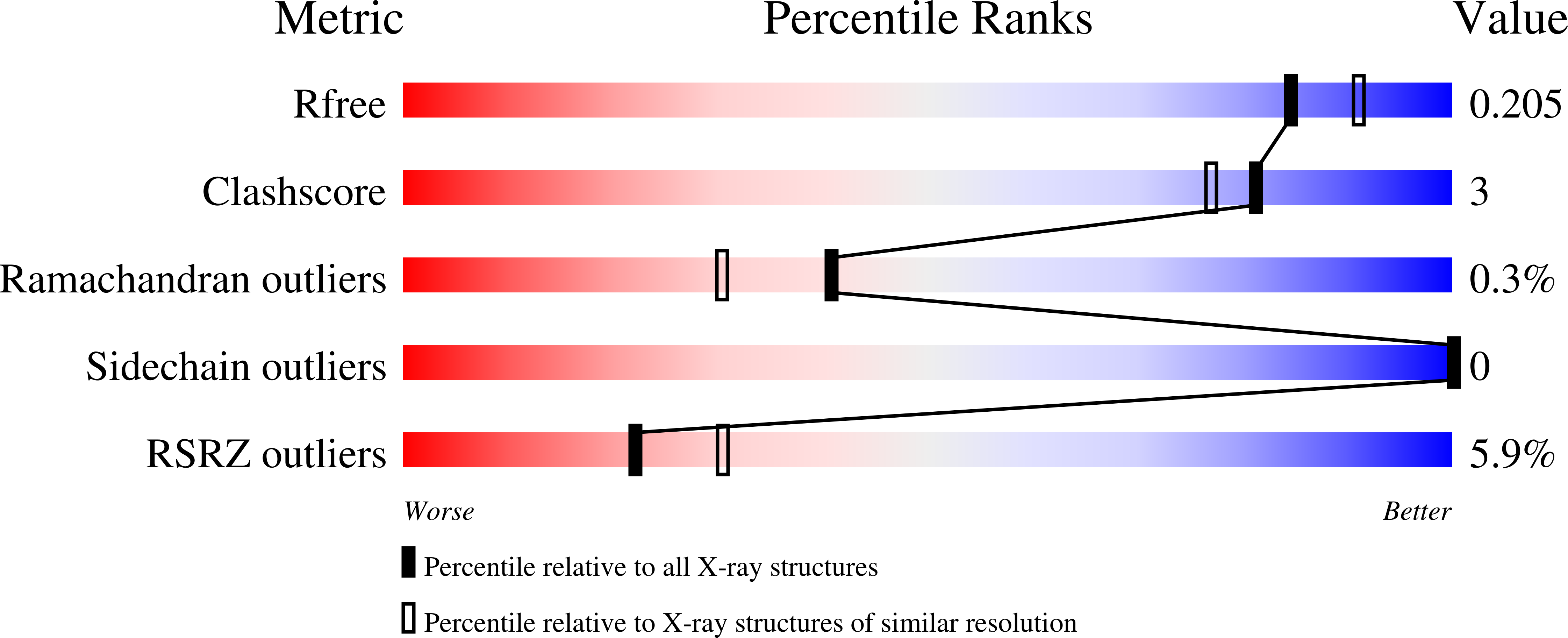
Deposition Date
2011-09-26
Release Date
2011-10-12
Last Version Date
2022-04-13
Entry Detail
PDB ID:
3TYK
Keywords:
Title:
Crystal structure of aminoglycoside phosphotransferase APH(4)-Ia
Biological Source:
Source Organism:
Escherichia coli (Taxon ID: 562)
Host Organism:
Method Details:
Experimental Method:
Resolution:
1.95 Å
R-Value Free:
0.20
R-Value Work:
0.15
R-Value Observed:
0.15
Space Group:
P 32 2 1


